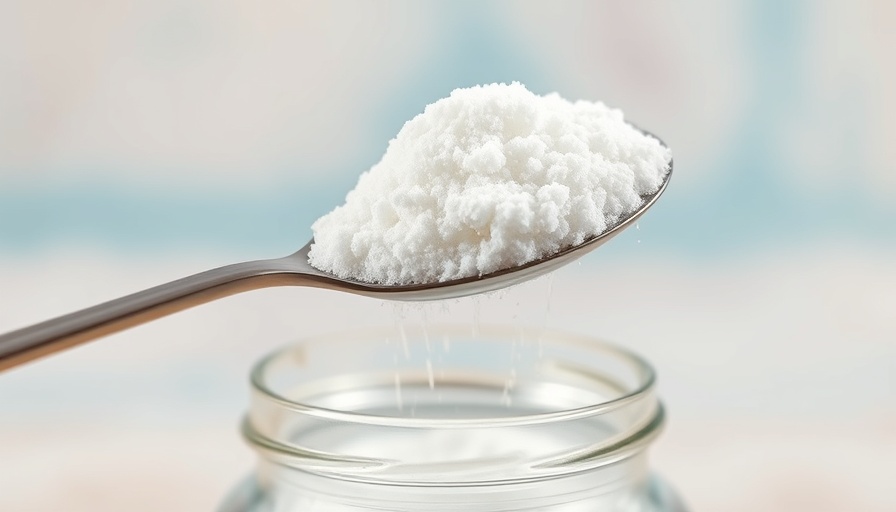
Unlocking the Secret: How Baking Soda Can Combat Chronic Inflammation
Baking soda is often relegated to the back of our pantry, a silent hero overshadowed by more glamorous cooking ingredients. But science is revealing how baking soda could hold incredible potential for fighting chronic inflammation and autoimmune diseases. Researchers have recently uncovered that this common household staple helps tackle the very issues that plague many individuals today. This won’t just change how we think of baking soda, but it could also challenge the financial structures of big pharma.
What Are Autoimmune Diseases and Why Are They Important?
Autoimmune diseases occur when the immune system misfires and begins attacking the body it’s meant to protect. Over 100 different autoimmune conditions exist, including rheumatoid arthritis and lupus. Not only are these diseases challenging for the individuals affected, but they also impose a heavy economic burden on society, with treatments often costing thousands annually.
The Role of Inflammation: The Body's Double-Edged Sword
While inflammation is the body’s natural response to threats, chronic inflammation turns this biological mechanism into a liability. It can arise from various factors, such as poor diet, chronic stress, and exposure to toxins. Unfortunately, the inflammation linked to autoimmune diseases can lead to devastating symptoms if left unchecked. Research suggests that altering the body’s internal environment could mitigate this issue, and baking soda may be one key that unlocks new pathways of healing.
The Bake-off: Baking Soda vs. Pharmaceutical Treatments
Unlike pharmaceutical treatments that often come with side effects and hefty price tags, baking soda presents an inexpensive option that’s easily accessible. This natural remedy works by neutralizing pH levels in the body, potentially reducing inflammation and the immune system's misdirected aggression. It’s a compelling alternative that stands to offer significant relief to individuals suffering from these chronic conditions.
Scientific Backing: The Evidence You Need to Know
Recent studies show that sodium bicarbonate, the chemical name for baking soda, can modulate the immune system and lower inflammation markers. Several small-scale trials have suggested improvements in inflammation levels when patients incorporated baking soda into their daily routine. As more research surfaces, it’s only natural to wonder how we can take these findings and apply them in our daily lives.
Practical Tips: How To Integrate Baking Soda Into Your Life
Incorporating baking soda into your daily routine can be simple. You might start by adding a teaspoon to a glass of water and drinking it in the morning. Furthermore, using it as a natural deodorant or tooth whitener exemplifies its versatile benefits. Each use could contribute to a healthier you.
A Call to Action: Talk to Your Health Professional
Before making any significant lifestyle modifications, it’s essential to connect with your healthcare provider. They can offer guidance tailored to your specific needs, especially if you suffer from an autoimmune disease. Sharing your interest in natural remedies can lead to constructive conversations about integrating baking soda into your health plan.
Conclusion: The Power of Simple Remedies
Baking soda may appear ordinary, but its potential in combating chronic inflammation and supporting those with autoimmune diseases makes it extraordinary. From its low cost to its accessibility, it challenges conventional wisdom about health. By embracing these natural remedies, we empower ourselves to take charge of our health journeys and discover new paths to wellness.
 Add Row
Add Row  Add
Add 




Write A Comment